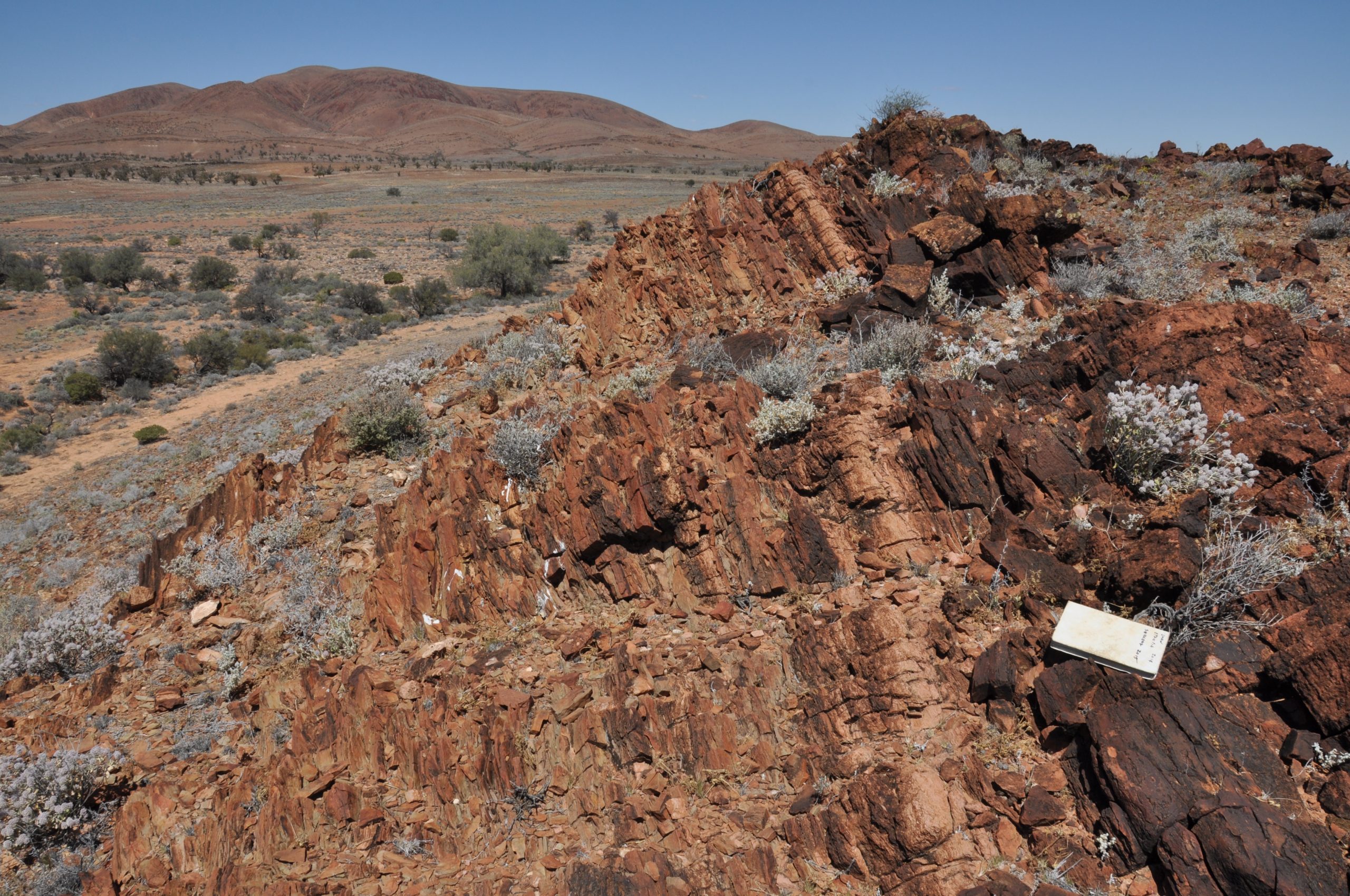The Sturtian ‘Snowball Earth’ glaciation (~717–661 Ma) is regarded as the most extreme interval of icehouse climate in Earth’s history. The exact trigger and sustention mechanisms for this long-lived global glaciation remain obscure. The most widely debated causes are silicate weathering of the ~718 Ma Franklin LIP, and changes in the length and degassing of continental arcs. A new generation of two independent Neoproterozoic full-plate tectonic models now allows us to quantify the role of tectonics in initiating and sustaining the Sturtian glaciation. We find that continental arc length remains relatively constant from 850 Ma until the end of the glaciation in both models and is unlikely to play a role. The two plate motion models diverge in their predictions of the timing and progression of Rodinia break-up, ocean-basin age, ocean-basement depth, sea-level evolution and mid-ocean ridge (MOR) carbon outflux. One model predicts MOR outflux and ocean basin volume-driven sea level lower than during the Late Cenozoic glaciation, while the other predicts outgassing and sea level exceeding those of the Late Cretaceous hothouse climate. The second model would preclude a major glaciation, while the first model implies that the trigger for the Sturtian glaciation could have been a combination of an extremely low MOR outflux (~ 9 Mt C/yr) and Franklin LIP weathering. Such minimal outflux could have maintained an icehouse state for 57 m.y. when silicate weathering was markedly reduced, with a gradual build-up of MOR CO2 in the atmosphere paired with terrestrial volcanism leading to its termination.
Adriana DutkiewiczAndrew S. MerdithAlan S. CollinsBen MatherLauren IlanoSabin ZahirovicR. Dietmar Müller; Duration of Sturtian “Snowball Earth” glaciation linked to exceptionally low mid-ocean ridge outgassing. Geology 2024; doi: https://doi.org/10.1130/G51669.1
Sydney Uni Media Release
New York Times – How Earth might have turned into a snawball

Cosmos Magazine – Scientists discover what caused Earth’s 57-million-year-long ice age
BNN – Plate Tectonic Modeling Reveals Causes of Ancient Sturtian Glaciation
The video shows motions of continents (grey) and plate boundaries (orange) from 850 to 540 million years ago. Snowflakes indicate the duration of the Sturtian Glaciation.
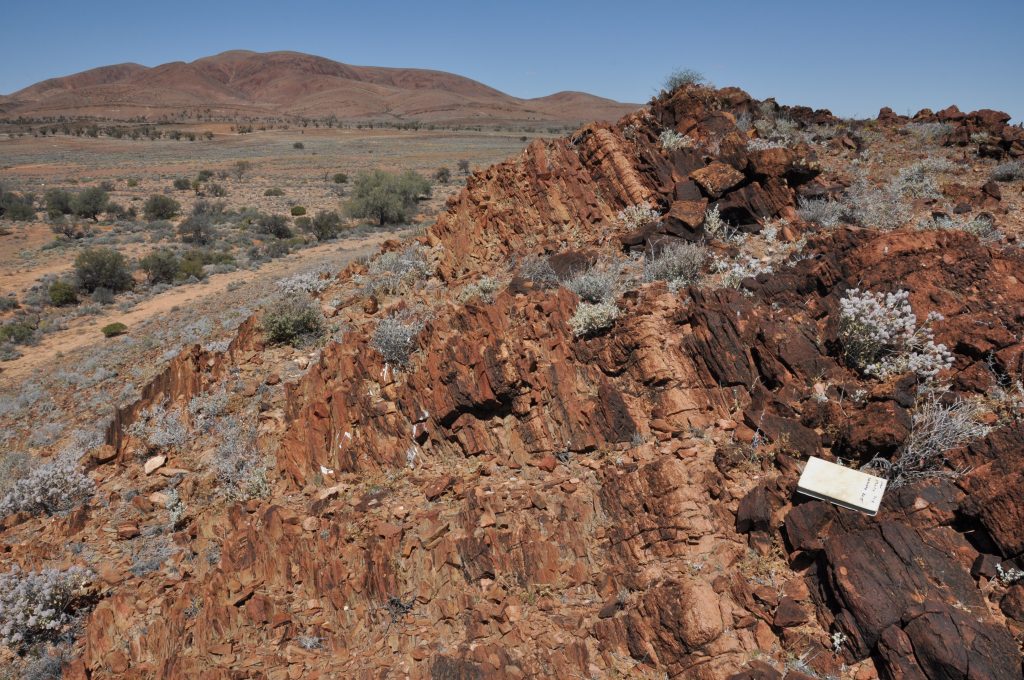
Transition from the Tonian Skillogallee and Myrtle Springs Formations to the overlying Cryogenian Sturt Formation (Sturt Glaciation, marked by the notebook), in the Willouran Ranges, South Australia. Photo: Alan Collins
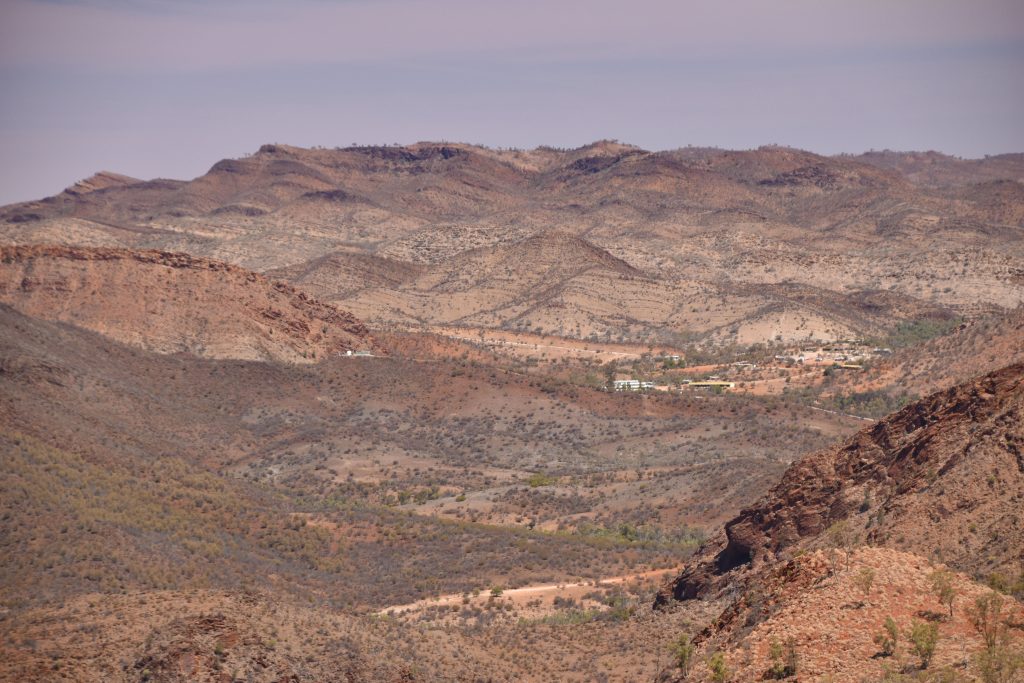
View towards the Arkaroola Wilderness Sanctuary, Flinders Ranges, with the Sturt Formation glacial deposits from the Sturt Glaciation ca. 717– 664 million years ago forming a prominent ridge in the middle of the photo on the left. Photo: Dietmar Müller
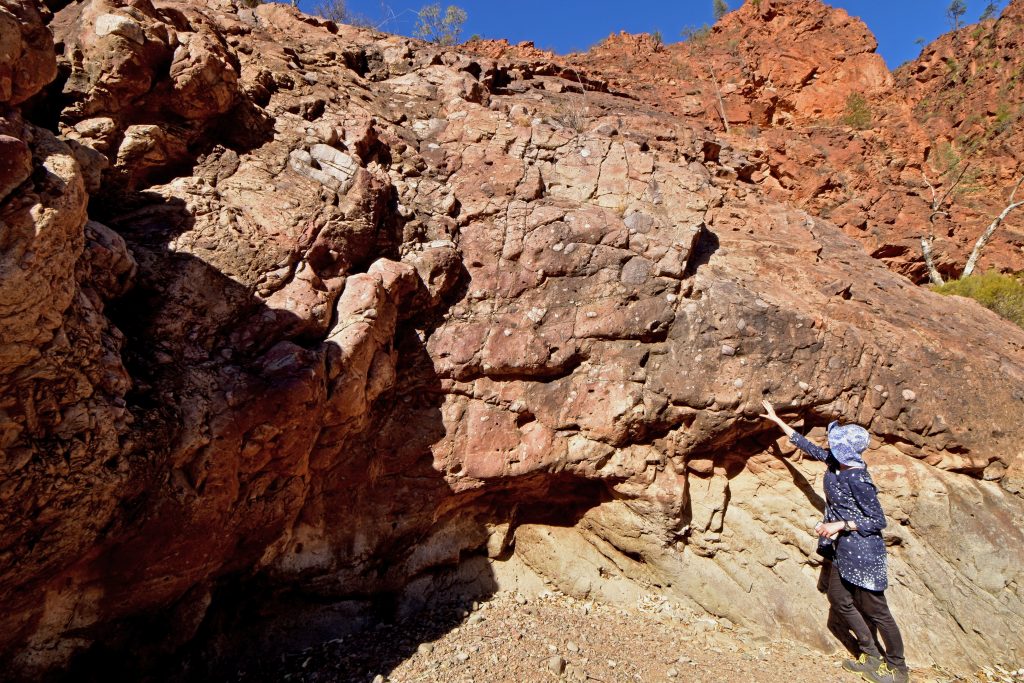
Sturt Formation glacial deposits from the Sturtian Glaciation ca. 717– 664 Main at Stubbs Waterhole, Arkaroola Wilderness Sanctuary, northern Flinders Ranges, where the formation is over 2km thick. Photo: Dietmar Müller
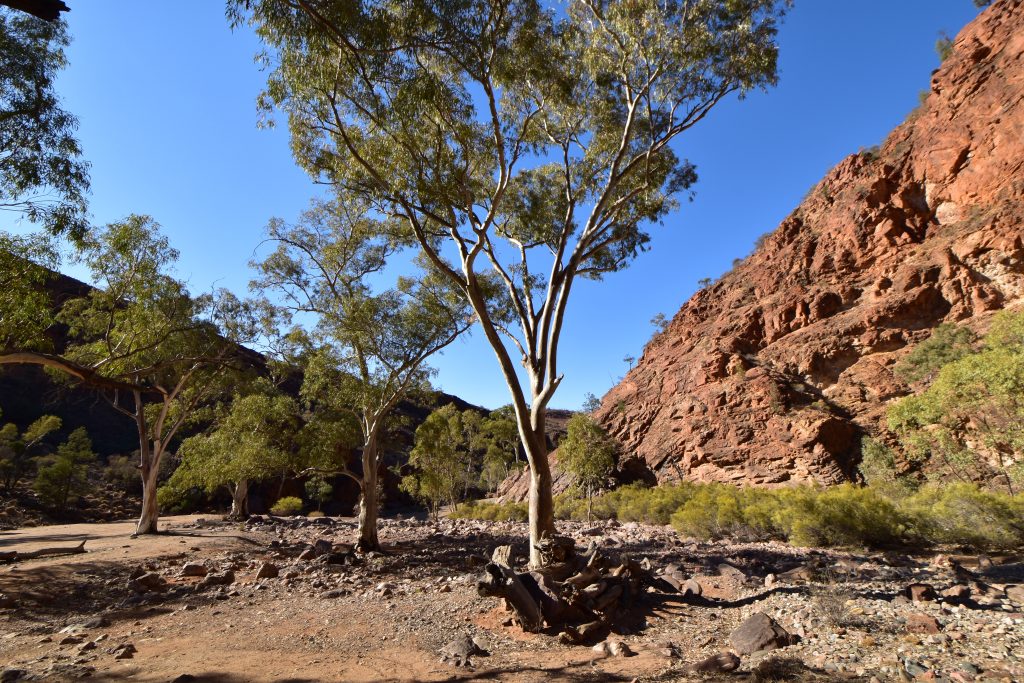
Stubbs Waterhole, Arkaroola Wilderness Sanctuary, northern Flinders Ranges, where the Sturt Formation is exposed. Photo: Dietmar Müller
![]()

